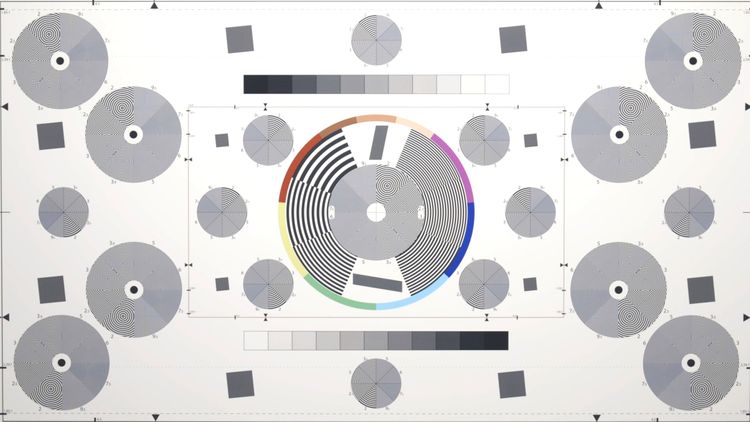Introducing Gradient Community Notebooks: Easily Run ML Notebooks on Free GPUs
Gradient Community Notebooks provide free GPUs with pre-configured environments for machine learning and deep learning projects.
Gradient Community Notebooks provide free GPUs with pre-configured environments for machine learning and deep learning projects.
Deepfake technology is unlocking a new era of media production. As with all technologies, both positive and harmful use cases exist. As ethical technologists, we aspire to push the limits of what is possible, while minding the impact of the tools we create.
Gradient provides a production-ready platform as a service to accelerate the development of their AI applications. Platform capabilities include the ability for ML teams to run Jupyter Notebooks, distributed training, hyperparameter tuning, deploy models as RESTful APIs.
Learn how to build build a recurrent neural network to do French to English translation using Google's open-source machine learning library, TensorFlow.
In the third part of this series, the implementation of Part 2 will be extended for allowing the GD algorithm to work with a single hidden layer with 2 neurons.
This article gives insights into the working mechanism of a Generative Adversarial Network and one of its popular variants, the Cycle Consistent Adversarial Network.
Build out complex end-to-end machine learning pipelines with the new Gradient Python SDK.
This is the second tutorial in the series which discusses extending the implementation for allowing the GD algorithm to work with any number of inputs in the input layer.
To demonstrate what we can do with TensorFlow 2.0, we will be implementing a GAN mode using the Keras API and generative models.
